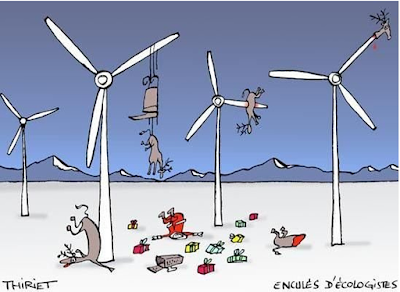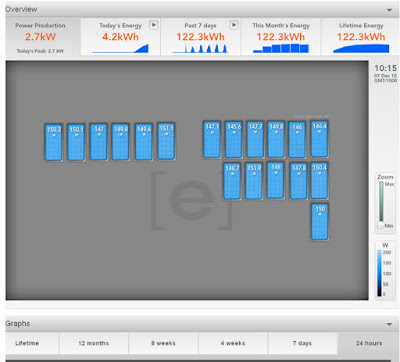Hawaii’s new feed-in tariff for solar photovoltaic and other renewable energy systems became fully effective Wednesday, Nov. 24, when Maui County and the island of Hawaii joined Oahu in accepting applications.
The payment rates for producers of solar PV electricity and concentrating solar power vary depending on several factors, including system size, and range from 18.9 cents per kilowatt-hour for larger PV systems to as much as 33.1 cents for smaller concentrating solar power systems. Rates also change depending on the applicant’s use of a state tax credit.
Rates are fixed for contract terms of 20 years. Combined with Hawaii’s personal income tax credit and a federal tax credit available for solar energy installations, the feed-in tariff can make solar electricity an attractive option for many homeowners and small-business owners with ample solar resources.
A new website will manage and accept applications for the Hawaiian Electric utilities’ feed-in tariff program, which is designed to encourage the addition of more renewable energy projects in Hawaii.
“The program offers pre-established rates and standardized contract terms, which will provide an easy way for individuals, businesses, governmental entities and other developers to sell renewable energy to Hawaiian Electric,” the company said in a news release. Hawaiian Electric Co. is the parent company of Hawaii Electric Light Co. and Maui Electric Co.; together, the utilities serve about 95 percent of the state’s residents.
“To break our dependence on imported oil, our state is going to need more sources of clean energy, both large and small. This program will help make that possible,” said Robbie Alm, Hawaiian Electric’s executive vice president, in the news release.
All applications for the program must be submitted through the new website, which can be found at www.hecofitio.com. The site is operated and maintained by Accion Group, an independent third-party observer that oversees the feed-in tariff applications on behalf of the Hawaii Public Utilities Commission.
The website began accepting applications for projects on Oahu on Nov. 17. Applications for projects on Hawaii Island and Maui County were accepted beginning Nov. 24.
As approved by the utilities commission, the program will accept up to 60 megawatts of feed-in tariff projects on Oahu, 10 megawatts on the island of Hawaii and 10 megawatts in Maui County. Qualifying renewable technologies include photovoltaic, concentrated solar power, on-shore wind and in-line hydropower.
Under the tariff program, Tier 1 solar PV and CSP systems are considered to be those up to 20 kilowatts (AC) of production capacity on all islands. The Tier 1 payment rate for solar PV systems is 21.8 cents per kilowatt-hour, based on use of the 35 percent state income tax credit. For Tier 2 PV systems, greater than 20 kilowatts and up to 500 kilowatts, the rate is 18.9 cents per kwh. For Tier 1 concentrating solar power systems, the rate is 26.9 cents per kwh, and for Tier 2 CSP systems, 25.4 cents per kwh.
Rates are higher for electricity sellers electing a refundable state income-tax credit provision.
The program is open to both residential and business customers until the capacity caps are fulfilled.
Hawaiian Electric Co. said questions about the feed-in tariff can be emailed to FIT@HECO.COM. More information about the program and the Hawaiian Electric utilities’ efforts to develop more renewable energy resources can be found at
www.heco.comDetails about the feed-in tariff rates and other solar incentives offered in Hawaii are also available at the Database of State Incentives for Renewables & Efficiency, at
http://www.dsireusa.org/.




 The NETL Smart Grid Implementation Strategy
The NETL Smart Grid Implementation Strategy